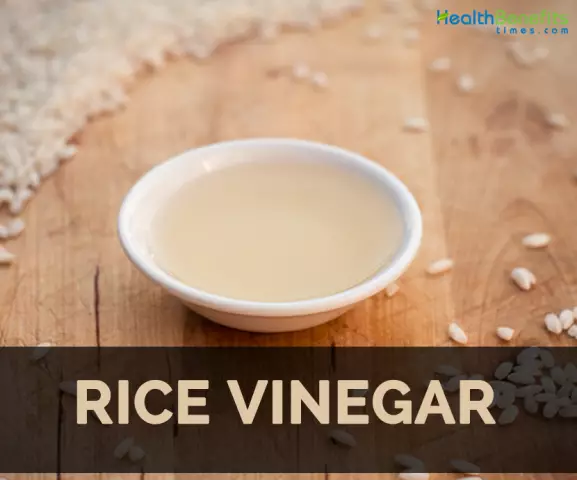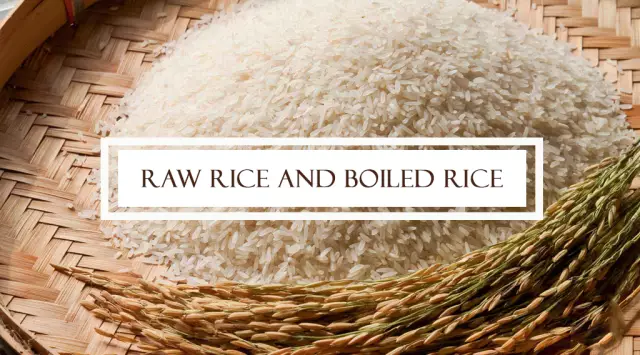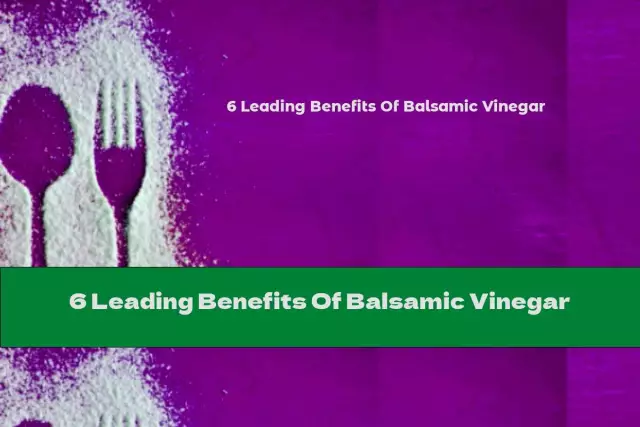- Author Rachel Wainwright [email protected].
- Public 2023-12-15 07:39.
- Last modified 2025-11-02 20:14.
Rice vinegar

Over the past decade, rice vinegar has become a household name in international cuisine. Today, this most common type of vinegar in Asia is increasingly used in the preparation of European cuisine.
Description
The term "su" in Japan means "vinegar rice". This product originated in China more than two thousand years ago. In Japan, it appeared around the 4th-3rd century BC. There, rice vinegar was fabulously expensive, so it was popular only among the privileged sectors of society. In the kitchens of the common people, he appeared around the 16th century.
Sous was first used as a seasoning for rice. Over time, the use of rice vinegar expanded and began to be used in the preparation of the Japanese national dish - sushi. Initially, for making sushi, small pieces of raw fish were cut, salted and mixed with rice. After a certain time, the fish secreted enzymes, under the influence of which the rice produced lactic acid. This, in turn, facilitated the process of preserving the compressed fish. Such a natural “marinade” not only gave the dish a special soft and slightly sour taste, but also allowed it not to spoil for a long time. This process of fermented milk fermentation took a long time - from two months to a year. Therefore, in the 17th century, a new recipe for making sushi appeared, which was based on the use of rice vinegar. Thanks to this product, the duration of sushi preparation is not only significantly reduced, but also the taste is significantly enriched.
Making rice vinegar
Typically, rice vinegar is made from rice wine or fermented rice.
Today there are three varieties of "sous": white, black and red.
Black sous is based on a mixture of sticky and long-grain rice varieties, to which barley, wheat and rice husks are added. This mixture is double fermented, after which it is infused for seven months. The output is vinegar that is dark in color, thick and rich in flavor, which, depending on the manufacturer's preferences, ranges from sweet to stronger.
Red rice vinegar is prepared by fermenting red yeast rice, that is, rice pretreated with red yeast. Its aroma and taste are fruity and tart-sweet.
White vinegar is made from glutinous rice and has the mildest taste. In its subtlety and tenderness, white rice vinegar has bypassed even the famous French white wine vinegar.
By the way, despite the complexity of making rice vinegar, it is quite possible to make it at home. The main condition is to use quality rice. For cooking, it is necessary to rinse 300 grams of rice in cold water, place in a ceramic or glass dish and pour 1.2 liters of water. Place the dishes in a warm place for about 4-5 hours, and then move them to a cold place for several days. After a few days, strain the rice, and add 900 g of sugar to the resulting liquid, mix well until it is completely dissolved and put the solution in a steam bath for half an hour. Remove from heat and let cool, then pour it into a two-liter jar and add a third of a tablespoon of yeast there. Leave the vinegar to ferment for a week, then pour it into a wine bowl, cover with gauze on top and leave to "rise" for another month. Before use, the resulting rice vinegar can be filtered again and poured into small containers.
Applying rice vinegar
Su is ideal as a seasoning. It is often used to marinate various seafood, and is found in many sauces. They are perfect for seasoning salads and all kinds of fish and meat dishes.

In general, the use of rice vinegar depends on its type. The black sous, for example, is ideal for eating with meat and stews. Red "sous" is often used to season soups, noodles and seafood dishes, while white vinegar is suitable for making sashimi and sushi, for marinating fish and is an indispensable ingredient in oriental sunomono salad dressing. Also, with the help of white "sous", they prepare deep fat for frying seafood.
Composition and benefits of rice vinegar
The use of rice vinegar isn't limited to cooking. It is also used for medicinal purposes. Japanese scientists have found that the composition of "su" includes a number of important amino acids for the body - histidine, leucine, valine, lysine, phenylalanine, isoleucine and alginine.
In addition, like any yeast fermented product, sous contains minerals and vitamins, in particular calcium, phosphorus and potassium. This dressing, which is very popular in the East, helps to improve digestion and has a beneficial effect on the functioning of the cardiovascular system.
Contraindications
Today, the market is replete with all kinds of unnatural products and fakes, so you need to be careful when buying rice vinegar. Do not neglect a thorough study of the packaging and carefully read what constituents the product is made of. Surrogate rice vinegar contains a large amount of chemical additives harmful to the body.
In addition, people with gastritis, diabetes, obesity, hypertension, and kidney disease should not get carried away with rice vinegar.
Found a mistake in the text? Select it and press Ctrl + Enter.






